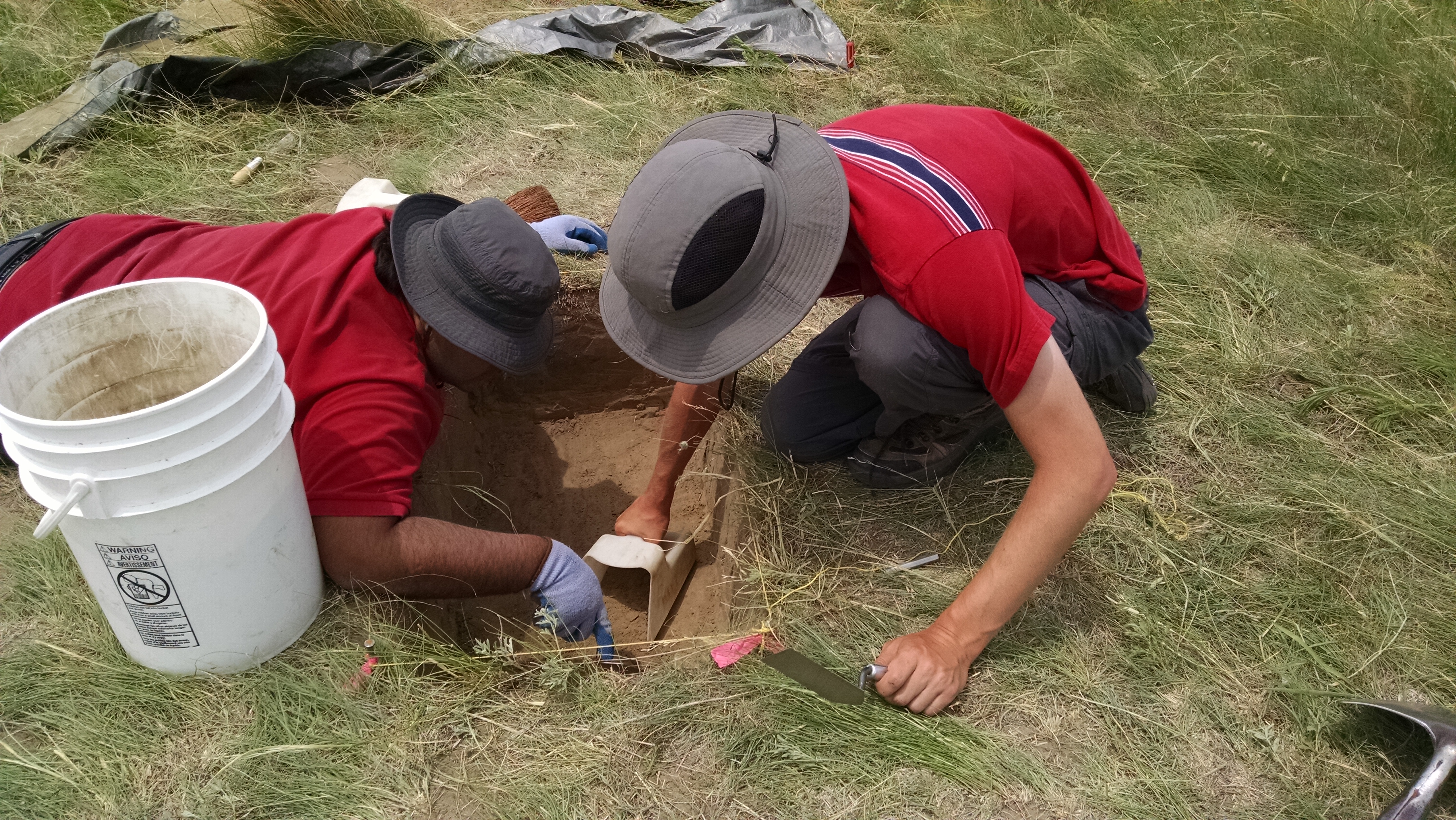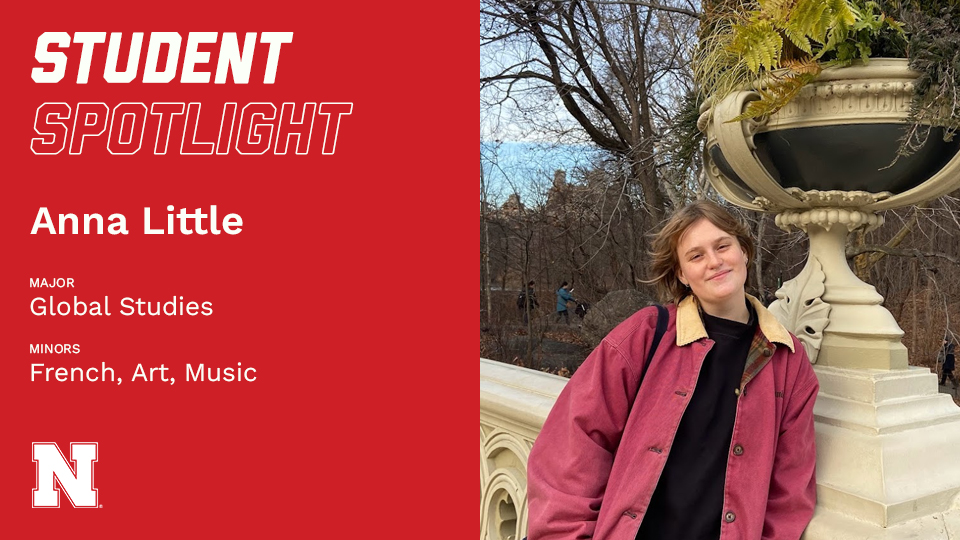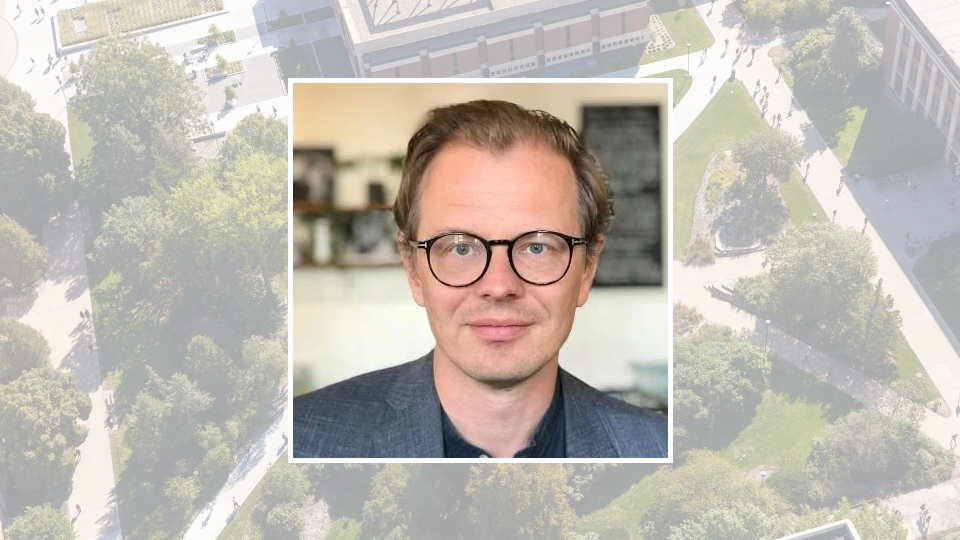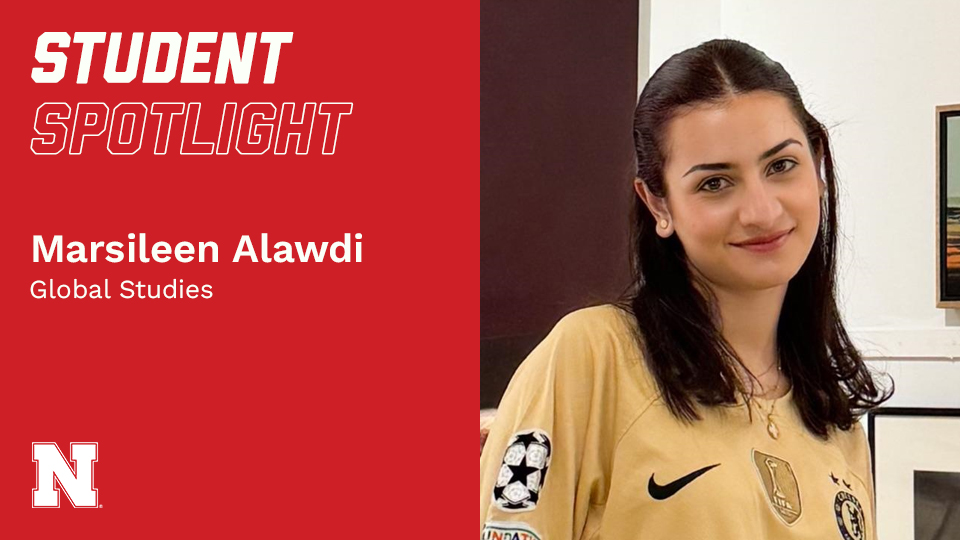
"I think I found a projectile point!” was a common phrase during the UNL Summer Field School in Archaeology, which recently wrapped up. Projectile points, sometimes called arrowheads, are particularly information rich: you can learn how old the item is, the prey hunted, the hunting mode (e.g. bow-and-arrow used by small hunting parties versus dart and atlatl used by larger parties), level of group mobility or trade, among other things.
Over a six week period, students from Colorado, Ohio, and Nebraska inspected more than 5,000 acres in the Nebraska Sand Hills while learning to recognize, document, map, and photograph archaeological artifacts (such as projectile points, ceramics, bone, crockery, bottles) and features (such as hearths and homesteads). Over 80 previously unknown locations rich in archaeological materials were found on ranches near Mullen, Hyannis, and Sutherland.
"The field school was a wonderful opportunity to learn more about the archaeology and the history of Nebraska," Abhirup Shome, a UNL senior in Anthropology and Classics and Religious Studies from Ohio, said. "It was educational and fun and provided me with a thorough grounding in the basics of archaeological field work."
Professor LuAnn Wandsnider, one of four instructors on the field school, notes that the Field School is a gateway course. “Having completed this introduction, students are qualified to seek employment in the $10 billion dollar per annum heritage management industry. Many of our students are able to pay for their college education through summer employment as field archaeologists.”
"I truly loved this experience," Marcos Albino, a senior from University of Colorado Denver, said. "The field school gave me the chance to have real world, practical experience with techniques that I had previously only read about in textbooks. One of my favorite memories was when Dr. Phil Geib taught us different knapping techniques. We all sat in a circle and at first I'm sure it just looked like we were just crudely banging the rocks together but, sure enough, after wasting a few cores we all started to pick up the techniques. As someone who doesn't attend UNL, everyone from the GTAs to the students and professors made me feel welcome. I would gladly recommend this field school to my fellow students at UC Denver.”
The field school this year partnered with the Nebraska State Historical Society, which has a grant from the Nebraska State Historic Preservation Office to learn more about an area for which little about the deep past is known, the Sand Hills of Nebraska. The Sand Hills is of special interest given the proposals pending for wind turbine farms; already, a major power transmission line is being proposed to bisect the Sand Hills.
In addition to educating students, Wandsnider said, the field school supports the land grant mission of the University of Nebraska. “I see it as our responsibility to add to the wealth of knowledge about Nebraska’s past but also to provide the citizens of Nebraska information about potentially imperiled cultural remains, so they can make informed decisions about what should be preserved and what is expendable. Our work this summer provided this critical support and we emphasize this important role with our students. That is, archaeology is not only about finding ‘good stuff,’ but it is about interpreting those remains and helping people make good decisions about whether and how to preserve them.”
Students also benefited from working closely with NSHS personnel Courtney Ziska and Rob Bozell, graduates of UNL’s Department of Anthropology. Through these interactions, they are exposed to a broad range of career possibilities and a dynamic professional network.
Field School students and NSHS personnel documented human use of the Sand Hills from the earliest Paleoindian Period, 9,000 years ago, through the modern ranching era. Remains included projectile points, pottery from early indigenous farmers in the Sand Hills (some of them ancestral to contemporary Apachean and Pawnee people), and crockery and bottles, perhaps from cowboy line camps. The students also documented abandoned ranches and homesteads, testament to the most recent economic reorganization seen in the Sand Hills.
Ranchers in the Sand Hills welcomed the UNL and State Historical Society crews to their lands. UNL student participation in the Summer Field School in Archaeology was also greatly assisted by Ted and Colleen Hubbard, avid supporters of Nebraska paleontology and archaeology.
Written by LuAnn Wandsnider with editing by Mike O'Connor



